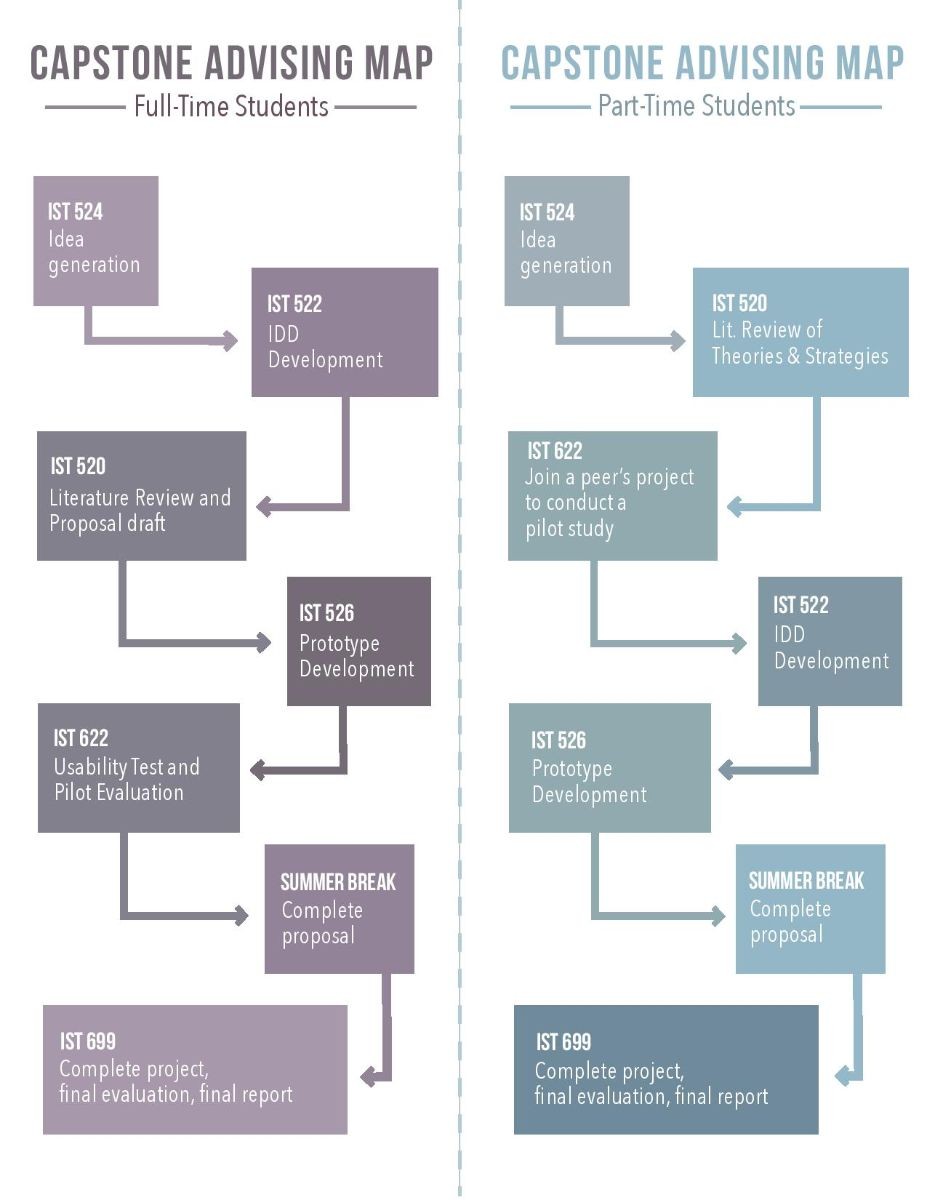School of Computing and Design
Blended Program
The MIST Blended Program is a 4 semester, 16 month long graduate program that emphasizes the use of instructional technology in a variety of learning environments.
The Blended Program requires 5 weekends on campus that occur near the following times:
- End of August: requires three days on campus at CSUMB.
- End of January: requires two days on campus.
- End of May: requires one or two days on campus, dependent on course schedule.
- End of August: requires one day on campus.
- End of Jan: Requires a half day on campus to present one's Capstone Project.
*Please note, the order of the weekends one will attend on campus depends on the start date they select, the Spring 2024 cohort will begin with the January weekend.
One of the great benefits of the Blended Program is the ability to come to campus and use the technology housed in the School of Computing and Design classrooms, which include: touchscreen boards, high-end computer and gaming design labs, 3D printers, and a multitude of mobile teaching and learning devices. During this time on campus, students meet with their faculty, program staff, and fellow students to learn about their upcoming coursework, meet with industry professionals, and further plan their individual Capstone project with their faculty mentor.
Regardless of program modality (online or blended) access to the campus is not only available, but highly recommended.
The program's curriculum is designed in a way that both novices to the world of instructional design, and its respective software and skills, and seasoned Instructional Designers can benefit from our program. In short, no specific student background is necessarily expected, but an interest in training, teaching, educational technology, web design and development, alongside audio and visual production is of great help in ultimately succeeding in our program.
*Students develop their capstone each semester, starting with a conceptual idea in the first semester, grounding it in learning theory and developing a prototype in the spring. Followed by beta-testing the module or learning-based site during the summer, and ultimately finalizing it for use in the final fall semester.
During semester one, students develop a common understanding of the field and familiarity with instructional design processes.
During semester two, students use learning theories and instructional design principles to construct a functioning learning unit.
During semester three, students develop and conduct appropriate usability, reliability, and efficiency tests of learning modules.
During Semester four, students finish a Capstone project or thesis that connects with one's career as a culminating experience.
Throughout the program, students use a wide range interactive multimedia software, information technology, and media through team-based projects and individual work. In short, each semester builds upon the last, both in terms of theoretical knowledge and in practical technological skills. In this way, students can develop a career-ready background in a short timeframe.
The program can be completed in both a full-time and part-time manner. Full-time students take 3-4 classes per semester, while part-time students take 1 to 2 classes per semester. Students can transition between full-time and part-time status as needed to better fit the program around their career and personal lives.
Note for Spring Cohort:
Spring 2024 is the first time we will be offering seats in our program outside of a Fall start date. As such, students who apply to this pathway will need to take a minimum of five semesters to complete the program.
Students develop a unique component of their capstone project during each class. The diagram below outlines how the Capstone project progress from conceptual idea to completed project, for both full-time and part-time students.
